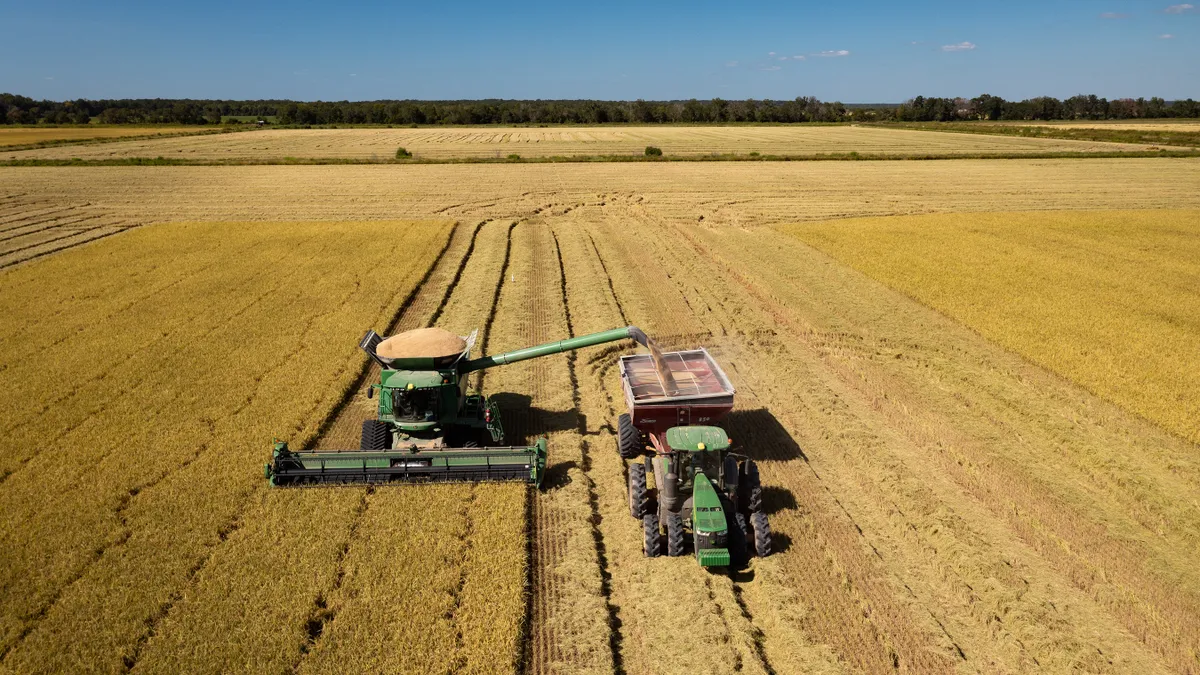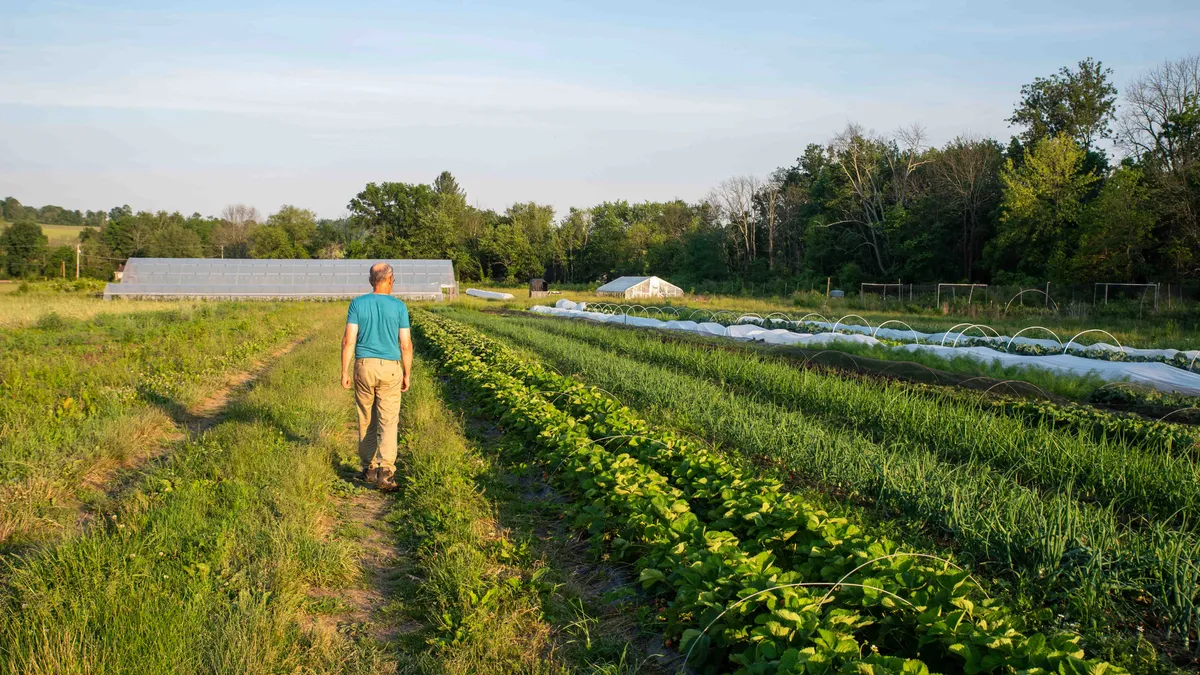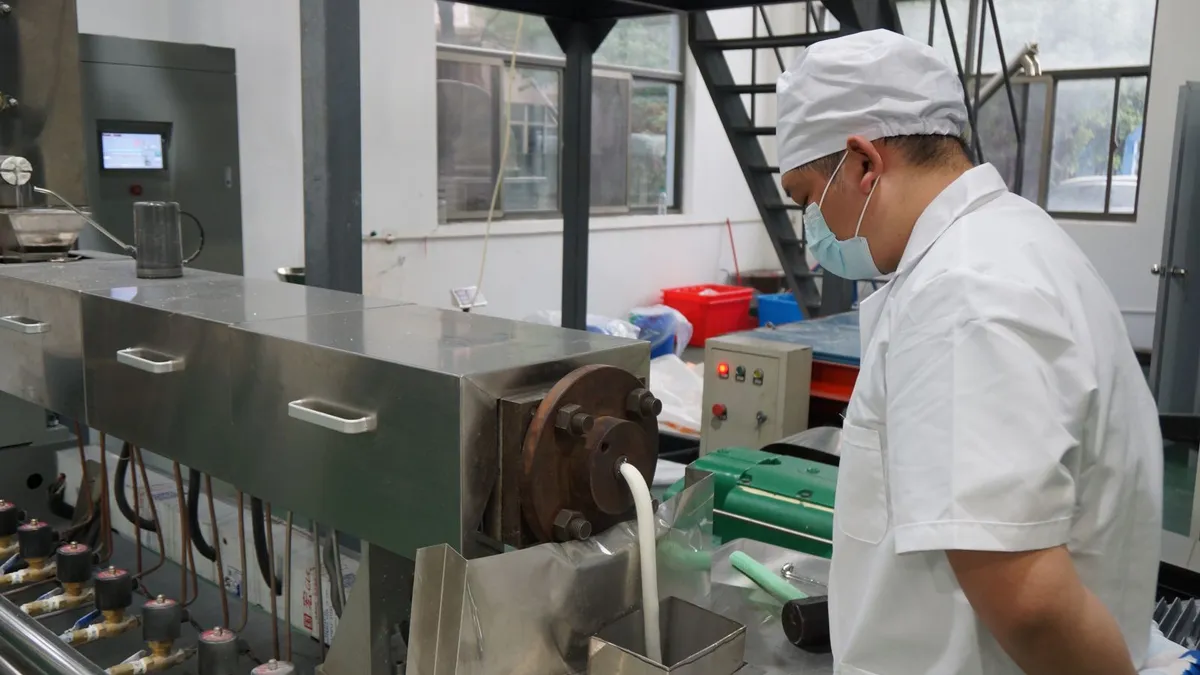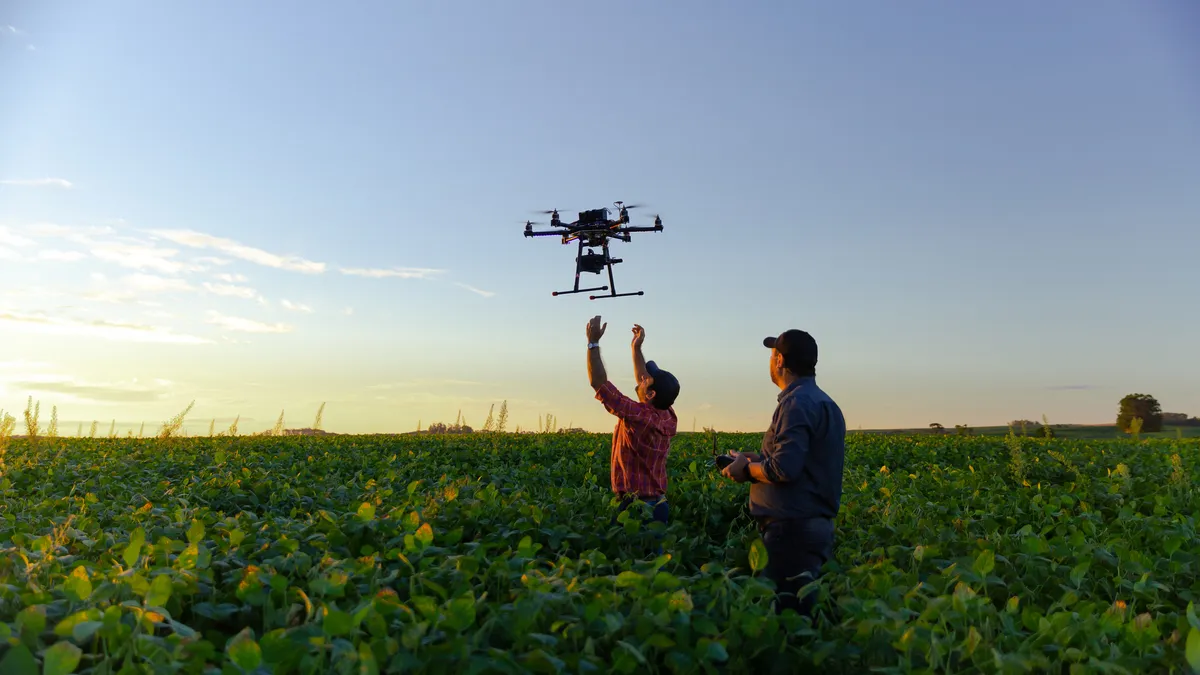This is a guest post by Ofir Ardon, CEO of Agritask, a crop supply intelligence company, which provides visibility into the predictability and sustainability of crop supply for food and beverage enterprises.
A significant shift towards sustainable farming practices is underway in food and beverage production, spurred by the imperative to address climate change. According to the Intergovernmental Panel on Climate Change’s (IPCC) 6th assessment report, the global agriculture sector sequesters about 12.5 gigatons of Carbon Dioxide (CO₂) per year. After accounting for agriculture and food manufacturing emissions, that leaves a negative carbon balance of about 5.9 gigatons of CO₂ per year. Yet that is just the tip of the iceberg. The potential for carbon sequestration overall is much greater.
Food and beverage companies are setting ambitious net-zero goals, actively working to reduce their carbon footprint and promote sustainable sourcing practices. These goals align with a global movement towards environmental responsibility and signify a paradigm shift in the industry's approach to resource management and climate impact. For example, recent regulatory shifts, like the EU deforestation regulation, underscore the industry's commitment to sustainability by combatting environmental degradation linked to supply chains.

However, a lack of alignment between food and beverage companies’ sustainability aspirations and the fundamental needs of their agricultural suppliers impedes this transformation today. The dichotomy between traditional farming practices deeply ingrained in agricultural communities and the evolving demand of this transformative industry is the root of the problem.
Unearthing farmers’ resistance to sustainable agriculture
Traditional farming methods, handed down through generations, provide a sense of continuity and predictability for suppliers, and shifting from these practices is more than just a technical adjustment. Farmers globally now face the daunting expectations of adopting new, sustainable practices that may not guarantee equivalent crop yields or revenue. It's a challenge to the very essence of their economic and psychological stability.
Time-honored farming methods, such as crop rotation and agroforestry, are an integral part of the community's identity. They are not just techniques for cultivating the land; they symbolize a connection to heritage, a sense of continuity, and a source of pride.
Economically, traditional agricultural practices have also provided a degree of predictability and assurance. The shift away from these practices to more sustainable methods, such as regenerative farming and organic cultivation, introduces an element of risk and uncertainty, not to mention often requiring a certain amount of initial investment, such as adopting new equipment, or the costs associated with adhering to specific standards and certifications. This unsettles the economic foundation that has sustained these farming communities for years.
The disconnect between food and beverage companies and their suppliers extends beyond a mere gap in practices; it is a gap in understanding. Food and beverage companies, driven by the urgency to be more environmentally responsible, sometimes fail to fully grasp the multi-faceted challenges faced by their suppliers even when the motive ultimately ensures a better future, food safety, and resilience.
Cultivating change management
Bridging this gap requires a holistic approach to change management. More is needed to mandate new initiatives from the top. Change management requires a collaborative effort – a partnership between stakeholders at every level of the supply chain. Effective change management will include food and beverage companies and farmers, local communities, government agencies, and environmental organizations.
Adjustments in agricultural practices can affect local communities, especially those economically dependent on traditional farming. Through their involvement, community members can raise their concerns and actively participate in the change management solution. Additionally, government agencies play a critical part in shaping agricultural policies. Their involvement ensures that changes align with broader sustainability goals and regulatory frameworks. Similarly, environmental organizations can advocate for sustainable practices and raise awareness about the importance of change within the industry.
This collaborative effort requires shared commitment toward sustainable agriculture, open lines of communication, and alignment of economic interests. It's not just about imposing changes but engaging in a dialogue that considers the needs and concerns of all involved. This approach builds trust and fosters a sense of shared responsibility for the transition.
Nurturing the industry’s transition to sustainability
Food and beverage companies must take the lead in incentivizing farmers for this transformative journey. While governments play a vital role in providing guidance with regulations and policies, the execution is ultimately in the hands of the private sector.
Food and beverage companies, pivotal players in the agricultural supply chain, have the influence, financial resources, and responsibility to spearhead this transformation. Financial incentives, such as fair pricing structures, subsidies for sustainable farming methods, or direct financial support, can play a crucial role. Additionally, knowledge-sharing programs, technical assistance, and access to new technologies empower farmers to navigate the complexities of sustainable agriculture effectively.
Bridging the gap between the “wants” of food and beverage companies and the “needs” of their suppliers requires a commitment to change management strategies that preserve the dignity of tradition while embracing the imperatives of sustainability. For food and beverage companies to meet their sustainability goals and remain in compliance with emerging ESG regulations, they must first understand the core values of their suppliers and then put the right incentives and educational resources in place to make the sustainable transition less daunting and more rewarding.


















